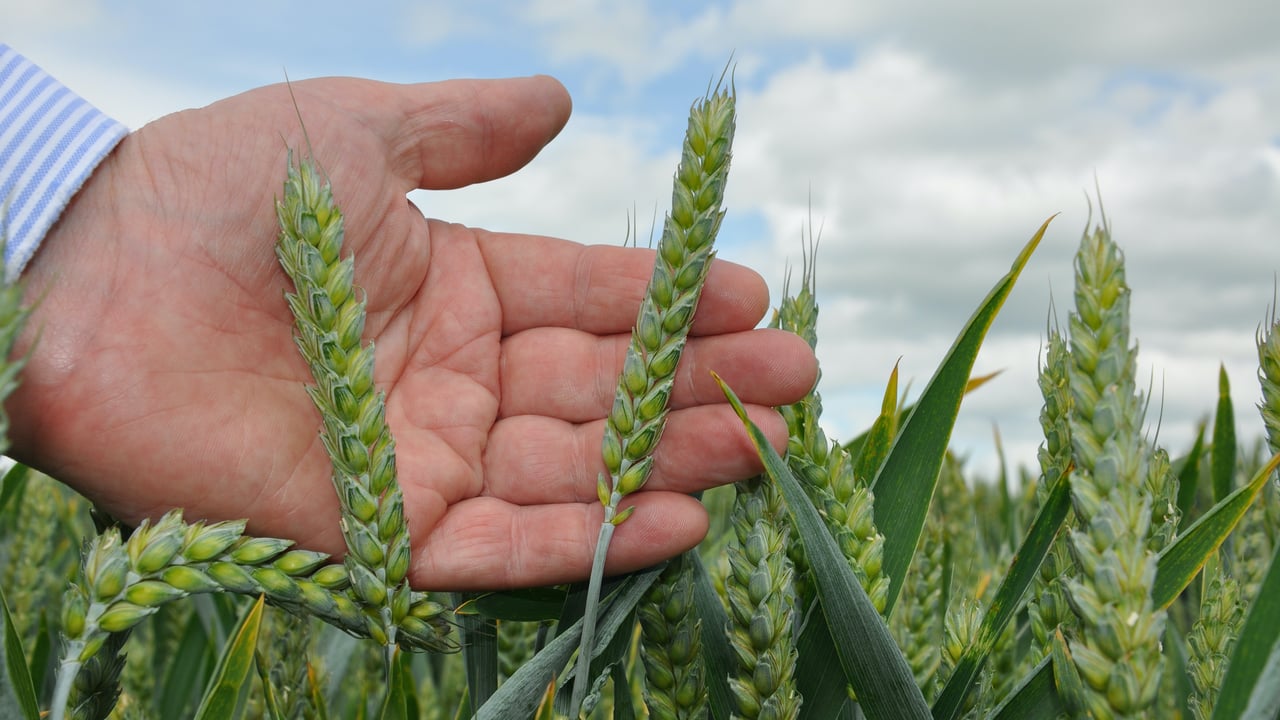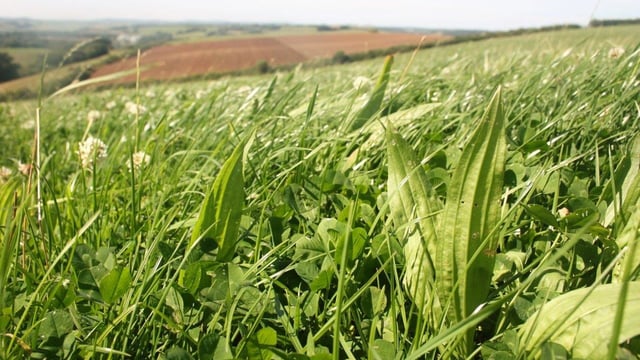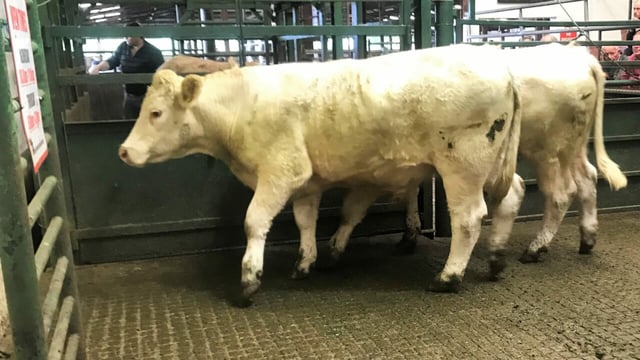Tillage: Wheat production could be the real winner in 2025
Wheat production, milling and feed options, could be the number one cereal cropping option across the UK in 2024/25.
This is according to market analysts at the Agricultural and Horticultural Development Board (AHDB), who has recently published crop gross margin estimates for the 2024/25 growing season.
These figures take account of the current state of the forward markets for November 2025 and assumed trends in all input costs - fertiliser and fuel etc.
What the projections, of course, can’t factor-in, is the impact of the weather over the next 12 months.
According to the latest AHDB projections for harvest 2025, winter milling wheat margins top the charts, with an average figure of £1177/ha. Projected yields are averaging in at 8.08t/ha.
Coming in at number two, is winter wheat with a margin of £927/ha. Again, the assumed yield is 8.08t.
Spring malting barley is ranked third, with a projected margin of £748/ha and an estimated yield of 5.88t. Winter barley comes next - the projected gross margin here is £673 with a predicted yield of 7.04t.
Spring barley comes in at number nine on the list, with an estimated gross margin of £599/ha and a predicted yield of 5.88t/ha.
On the back of these figures, AHDB analysts are predicting a large upturn in the area of wheat crops drilled over the coming weeks.
Last year’s planting area took a real hit on the back of the heavy rains and poor ground conditions that so characterised the back-end of 2023.
There have also been very strong milling premiums available to wheat growers across the UK for the past two growing seasons.
Malting barley premiums have also seen growth in recent seasons, with strong demand plus weather challenges driving the market.
Where break crops are concerned, winter feed beans have crept up to vie with winter oilseed rape (OSR) in the projected AHDB rankings. This reflects the relative pricing of the two crops, plus large nitrogen costs for OSR eroding the gross margin picture.
Despite previously being a popular crop for many UK tillage farmers, OSR has seen area declines over the past few years, due to increasing costs and variable yields from ongoing pest pressure.
With many farmers concerned about the viability of OSR due to pest pressure, winter linseed could provide an alternative with it being sown in the autumn (August through to October).
However, all crops come with their own challenges.





